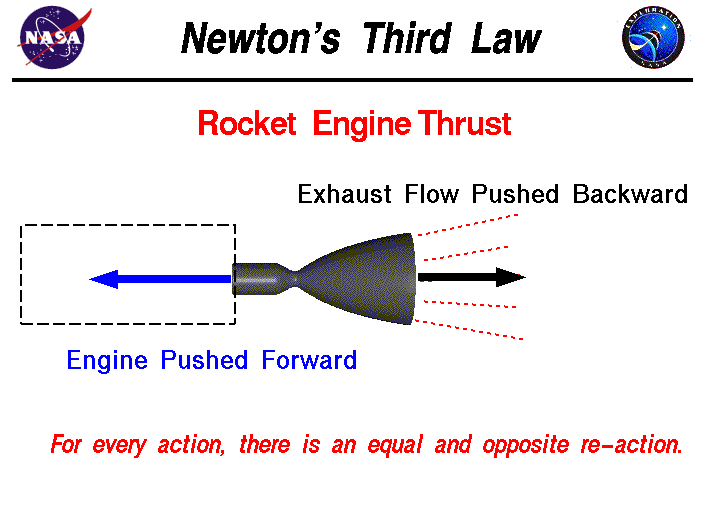Most model rockets don't "fly". They don't even "glide". They fall from the moment the motor burns out in a near-parabolic curve. If they are lucky, deployment events interrupt the fall with other falls that are on a very different curve.
Those other falls have similarity to a "glide" in that the velocity can be static. If the booster separates from the top of the rocket via shock cord failure, and has a fair amount of fin in the right areas relative to the CG of this lower part of the rocket, the booster can glide on the way down. Models of various missiles have been witnessed gliding backwards after breaking the cord, but this is still variety of failure.




